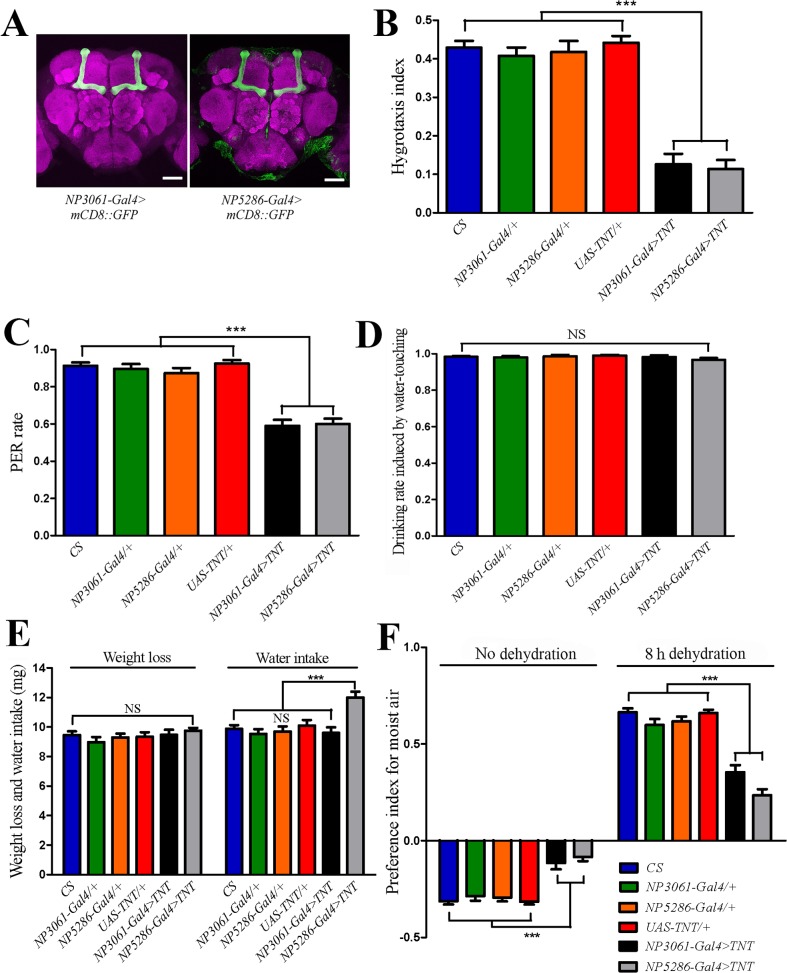Fig 4. MB α/βsp neurons are required for hygrosensation.
(A) Immunofluorescent detection of mCD8::GFP driven by NP3061-Gal4 and NP5286-Gal4 in the adult fly brain. Both Gal4 lines display specific GFP expression in MB α/βsp neurons, which had been characterized in a previous work [27]. Scale bar, 50 μm. (B) Inhibiting synaptic output from MB α/βsp neurons (NP3061-Gal4 > TNT, NP5286-Gal4 > TNT) impairs the hygrotactic behavior in flies dehydrated for 8 hours. N = 12. (C) Inhibiting synaptic output from MB α/βsp neurons significantly reduced the rate of moisture-induced PER in dehydrated flies. N = 8 trials with 50 flies per trial per genotype. (D) Blocking the activity of MB α/βsp neurons did not affect the water-drinking behavior of dehydrated flies. N = 8 trials with 50 flies per trial per genotype. (E) Blocking the activity of MB α/βsp neurons did not reduce weight loss during 8 hours of dehydration or water intake within 10 minutes of water-feeding following dehydration (flies carrying NP5286-Gal4 > TNT drank more water than wild type and control flies). Data represent the weight variations of 50 female flies. N = 12. (F) In T-maze humidity choice assays, the flies expressing TNT driven by NP3061-Gal4 or NP5286-Gal4 exhibited impaired avoidance behavior toward moist air before dehydration, and also showed reduced preference for moist air after eight-hour dehydration. N = 15. NS, not significant (p > 0.05); ***, p < 0.001 (ANOVA with Tukey post hoc test). Data are presented as mean ± SEM.

